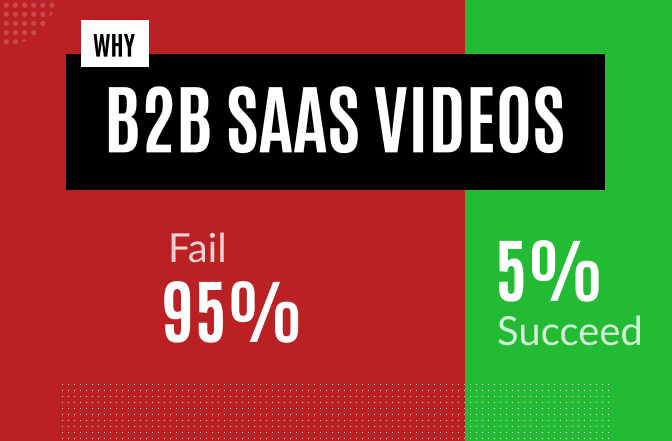UI/UX best practices for B2B tech refer to the design strategies and guidelines that optimize user interfaces (UI) and user experiences (UX) based on web design principles specifically for business-to-business technology applications. These practices focus on creating intuitive, efficient, and user-centered designs that simplify complex business processes, facilitate ease of use, and enhance overall user satisfaction in a professional context.
In the rapidly evolving world of FinTech, Navan, a burgeoning startup, faced a monumental challenge. Under the leadership of CEO, Emma, the company aimed to revolutionize digital payments but grappled with an all-too-common adversary: ineffective UI/UX design. This is their story of transformation, a journey through the seas of B2B UX principles, intuitive design, color, imagery, storytelling, and feedback loops.
The Challenge: Navan, once a fledgling idea in Emma’s mind, began as a dream to simplify financial transactions for businesses. But the dream hit a snag; their platform was robust yet intimidating, laden with complexities that baffled their clients.
Navigating B2B UX Principles
UX principles are fundamental guidelines that inform the design of user experiences, focusing on usability, accessibility, and user satisfaction in interacting with products or systems.
Emma knew her first task was to anchor her team in the foundational UX principles tailored for B2B. She envisioned a system where clarity reigns, and user needs lead the design process. By focusing on these principles, Navan started its transformation, turning complex financial operations into user-friendly processes.
The Turnaround with Intuitive Design
Intuitive design refers to a user-centered approach to design that creates interfaces which are easy to understand and use, often feeling familiar or obvious to the user, without the need for extensive instruction or learning.
With the map of B2B UX principles in hand, Emma steered the ship towards intuitive design. She championed designs that felt natural to users, simplifying intricate financial processes into a few clicks and swipes. This shift marked a pivotal moment for Navan, as usability soared and customer feedback turned increasingly positive.
Color and Imagery in FinTech
Effective color and imagery in B2B interfaces refer to the strategic use of visual elements to enhance usability, convey information, and improve the aesthetic appeal of business-to-business digital platforms.
In a sector often painted in shades of grey, Emma infused life into the website’s interface with strategic color schemes and imagery. She realized that these elements weren’t mere decorations but powerful tools to guide and inform users. The once dull interface blossomed into an engaging, visually stimulating experience, reducing cognitive load and enhancing user satisfaction.
Her vision went beyond functionality; she wanted users to experience a journey with every interaction. She and her team crafted a UX that told the company’s story, making every user feel like a protagonist in a FinTech adventure. This approach deepened user engagement, turning routine financial tasks into a part of a larger, exciting narrative.
Completing the Loop
Feedback loops in design refer to the iterative process of gathering user input on a product or interface and using that feedback to make continuous improvements and refinements to the design.
Understanding that design is an ongoing conversation, the CEO implemented robust feedback loops. She viewed every user interaction as an opportunity to learn and improve. This openness to feedback turned the company users into co-navigators, guiding the platform’s evolution and ensuring it remained relevant and user-centric.
The Destination and Beyond
Emma’s journey exemplifies how a FinTech company can overcome UI/UX challenges by implementing strategic design principles. By focusing on simplifying complexity, embracing the power of visual elements, crafting user-centric narratives, and valuing user feedback, the company didn’t just solve its UI/UX problems; it set a new standard in the FinTech industry. This story is a testament to the transformative power of thoughtful design and visionary leadership in the digital age.










